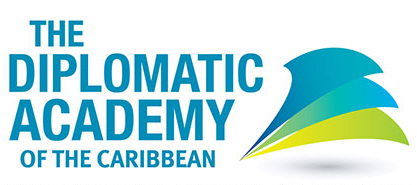Oceania
Rolfe, Jim (2007) 'Many small states, two regions, different constructions', Social and Economic Studies, 56:1/2, 96–134
In both the Caribbean and the South Pacific formal regional political groupings have been in existence since the early 1970s. These organizations, the Caribbean Community (CARICOM) and the Pacific Islands Forum (the Forum) respectively, have many similarities but despite their similarities, the pace and direction of region-building by CARICOM and the Forum have differed considerably. In this paper I examine the development of the two organizations, their relationships with other multilateral organizations within their regions, and the ways they are facing the challenges presented by the current international environment. I compare and contrast the institutional development of each organization and suggest ways each could learn from the other.
Thorburn, Diana (2007) 'The 'patch' and the 'backyard': Caribbean and Pacific small islands and their regional hegemons', Social and Economic Studies, 56:1/2, 40-26
Pacific and Caribbean small island states share a common feature of their international relations and foreign policy: the overarching presence of a hegemon who is the self-appointed "policeman" of the region. There are striking similarities in the relationships between the Caribbean and the United States and the Pacific islands and Australia. This article explores the differences and similarities in the historical and contemporary relations between the island groupings and their regional hegemons, and offers suggestions as to the significance of these similarities and differences for better understanding the regional and international political environment in which these island states operate.
Tisdell, Clem (2014) 'The MIRAB model of small island economies in the Pacific and their security issues: revised version', Social Economics, Policy and Development Working Papers 165087, University of Queensland, School of Economics
The MIRAB model of Pacific island micro-economies was developed in the mid-1980s by the New Zealand economists, Bertram and Watters, and dominated the literature on the economics of small island nations and economies until alternative models were proposed two decades later. Nevertheless, it is still an influential theory. MIRAB is an acronym for migration (MI), remittance (R) and foreign aid (A) and the public bureaucracy (B); the main components of the MIRAB model. The nature of this model is explained and the importance of distinguishing between the two processes involved in it (one based on foreign aid and the other on overseas remittance) is emphasised. Evidence is given of the importance of migration and overseas remittance for the functioning of some Pacific island microstates, such as Tonga. Yet, it is argued that no single model adequately typifies the economic situations of Pacific microstates and micro-economies because of their diversity. Even economies that have been classified as MIRAB economies can be very different. The newer TOURAB, SITE and PROFIT models have similar limitations. In order to understand adequately the economic situation of Pacific island microstates (including their economic vulnerability, their sustainability, and political merchantabilities), it is necessary to adopt a more holistic approach which takes account of historical, cultural and environmental factors. This is illustrated by the case of Nauru.









